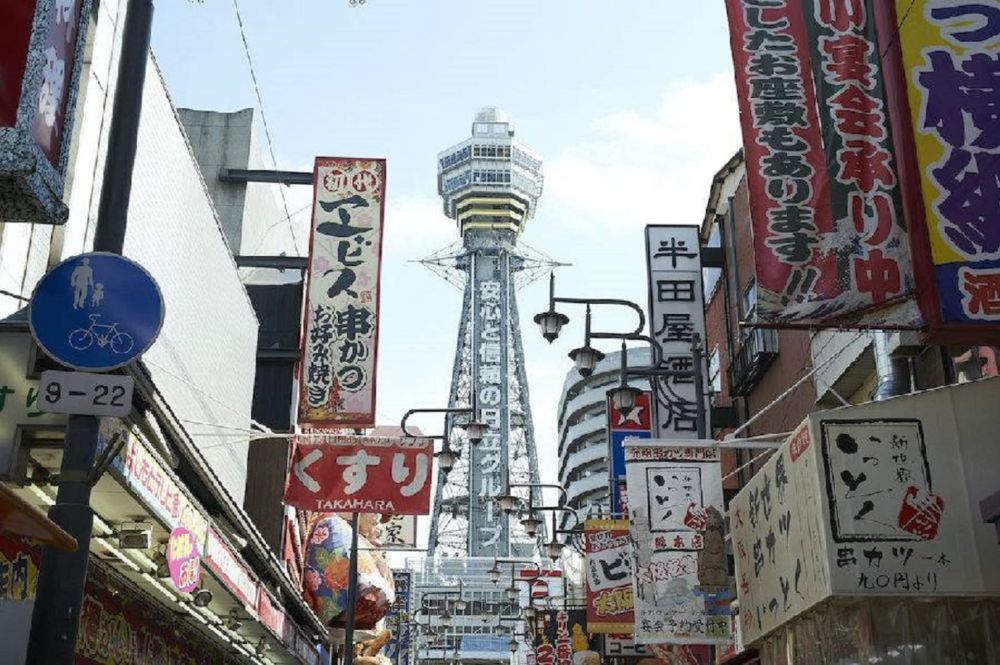

Tsutenkaku Tower, known as the "Tower Reaching Heaven," is an iconic landmark located in the Shinsekai district of Osaka, Japan. Its history dates back to the early 20th century. The original tower was constructed in 1912 and was inspired by the Eiffel Tower in Paris. It stood as a symbol of modernity and progress and was the second tallest structure in Asia at the time, after the Eiffel Tower.
Unfortunately, in 1943, the tower suffered damage during World War II and was dismantled for its steel, which was used for the war effort. However, Osaka's citizens deeply felt the loss of the beloved landmark, and a campaign to rebuild the tower began soon after the war.
In 1956, the current Tsutenkaku Tower was erected on the same site as the original. This new construction embraced a more modern design and became a testament to the resilience and rebirth of Osaka post-war. It stands 103 meters tall and features an observation deck that provides visitors with panoramic views of Osaka.
The tower quickly regained its status as a prime attraction for locals and tourists alike. Visitors are drawn to its retro charm and the unique view it offers of the city. The surrounding Shinsekaku district has also become a popular area for tourists, known for its vibrant atmosphere, authentic Osaka cuisine, and distinctive character.
One of the tower's key features is the Billy Ken, a statue of a god that is believed to bring good luck. Tourists often touch the statue's feet, which has become a tradition for luck and a popular photo opportunity.
In recent years, Tsutenkaku Tower has incorporated modern advancements to enhance the visitor experience. This includes a revamped observation deck with interactive displays and multilingual support for tourists from around the guide. The tower's lighting system has also seen an upgrade, with LED lights that change color to mark seasons and special events, making the tower an integral part of Osaka's nightscape.
Special collaborations and events are frequently held at Tsutenkaku Tower, incorporating themes from popular culture, anime, and seasonal festivities. These events have helped in maintaining the tower's appeal to a diverse range of visitors.
In light of the global trend towards sustainable tourism, Tsutenkaku Tower has also started initiatives to ensure that the landmark remains environmentally friendly, making a conscious effort to reduce its energy consumption.
The continued allure of Tsutenkaku Tower lies in its ability to meld the history of Osaka with the evolving dynamics of tourism. It rightfully holds a special place in the hearts of its visitors and stands as a beacon of the city's enduring spirit and its welcoming embrace to travelers from across the globe.